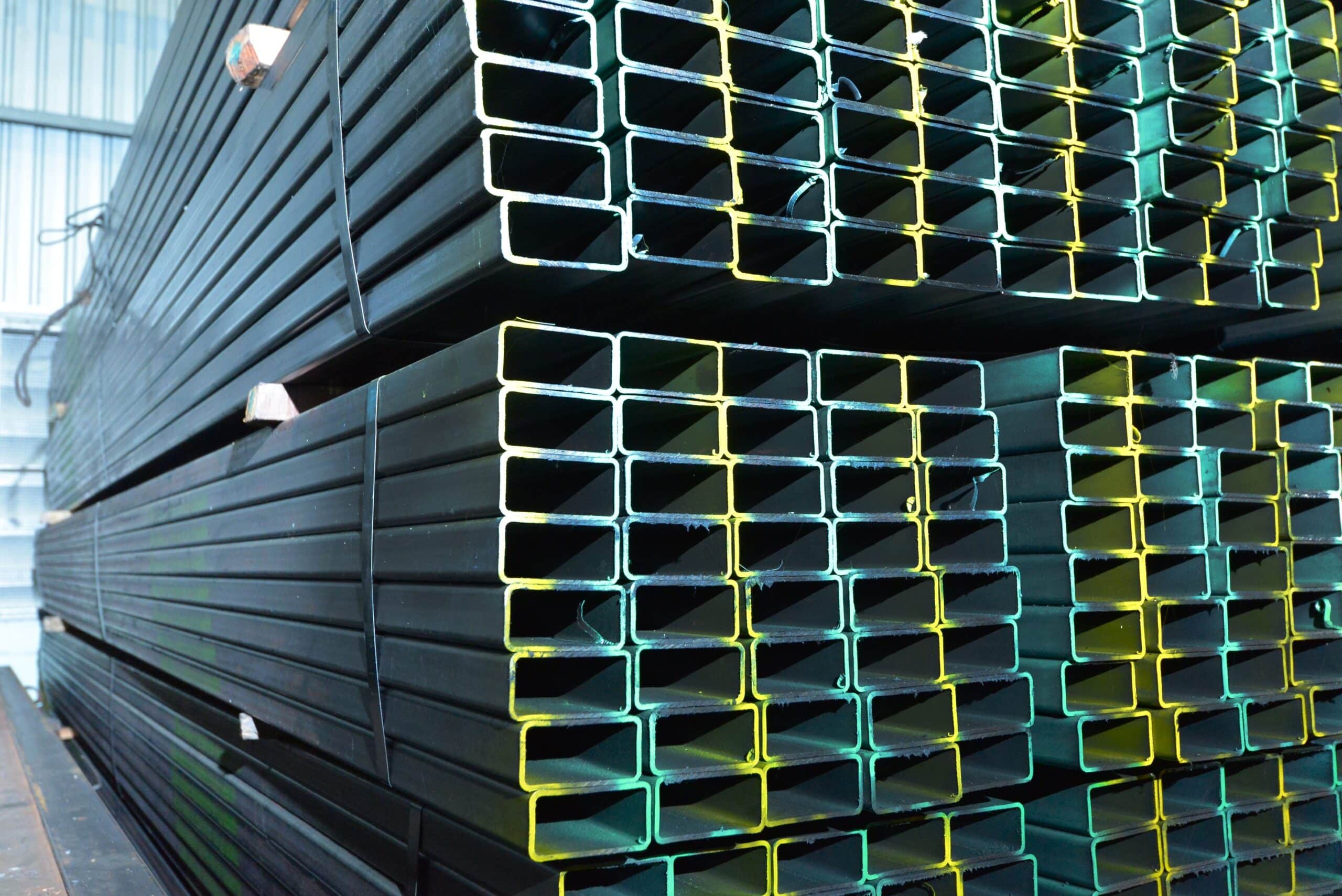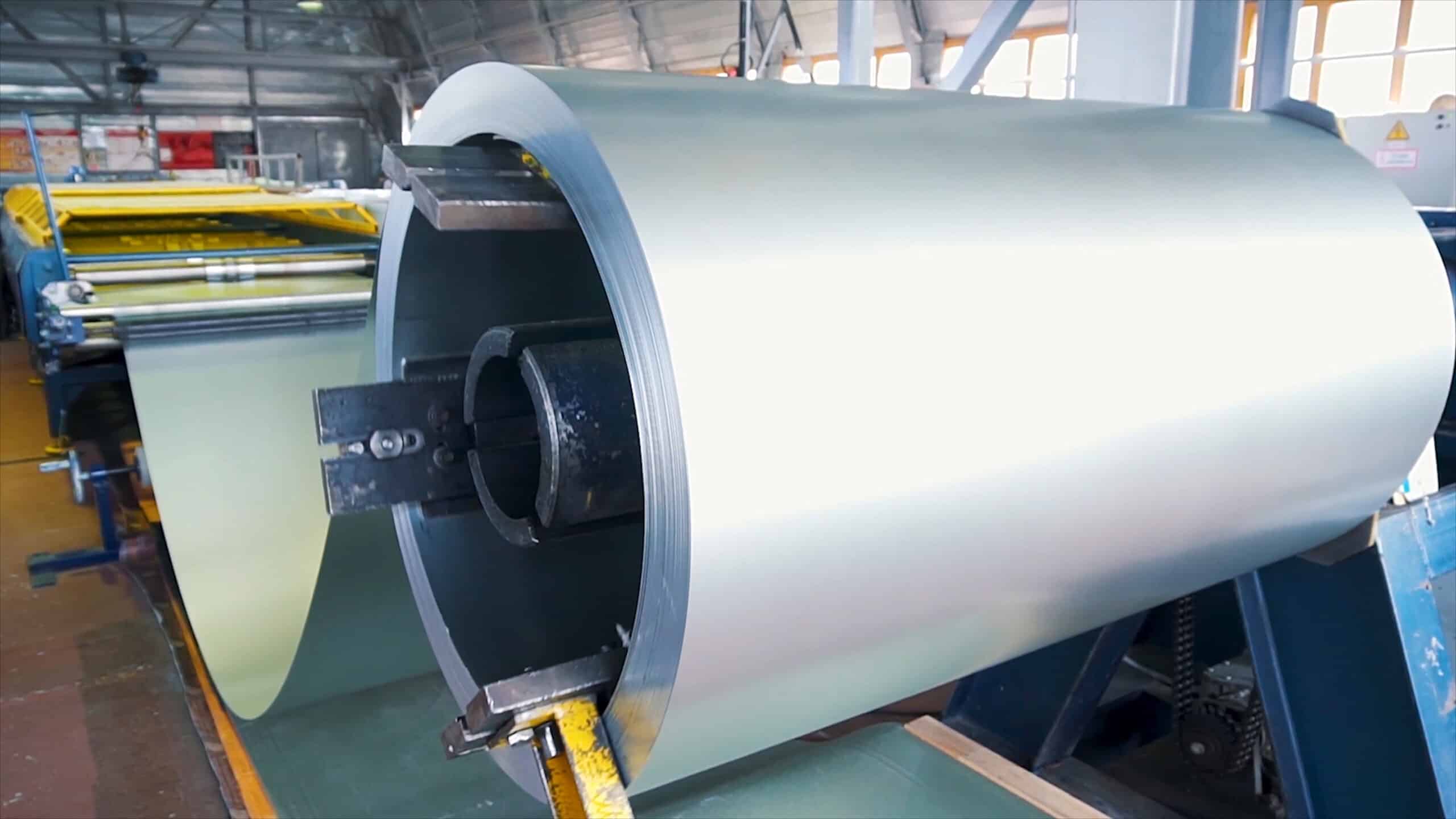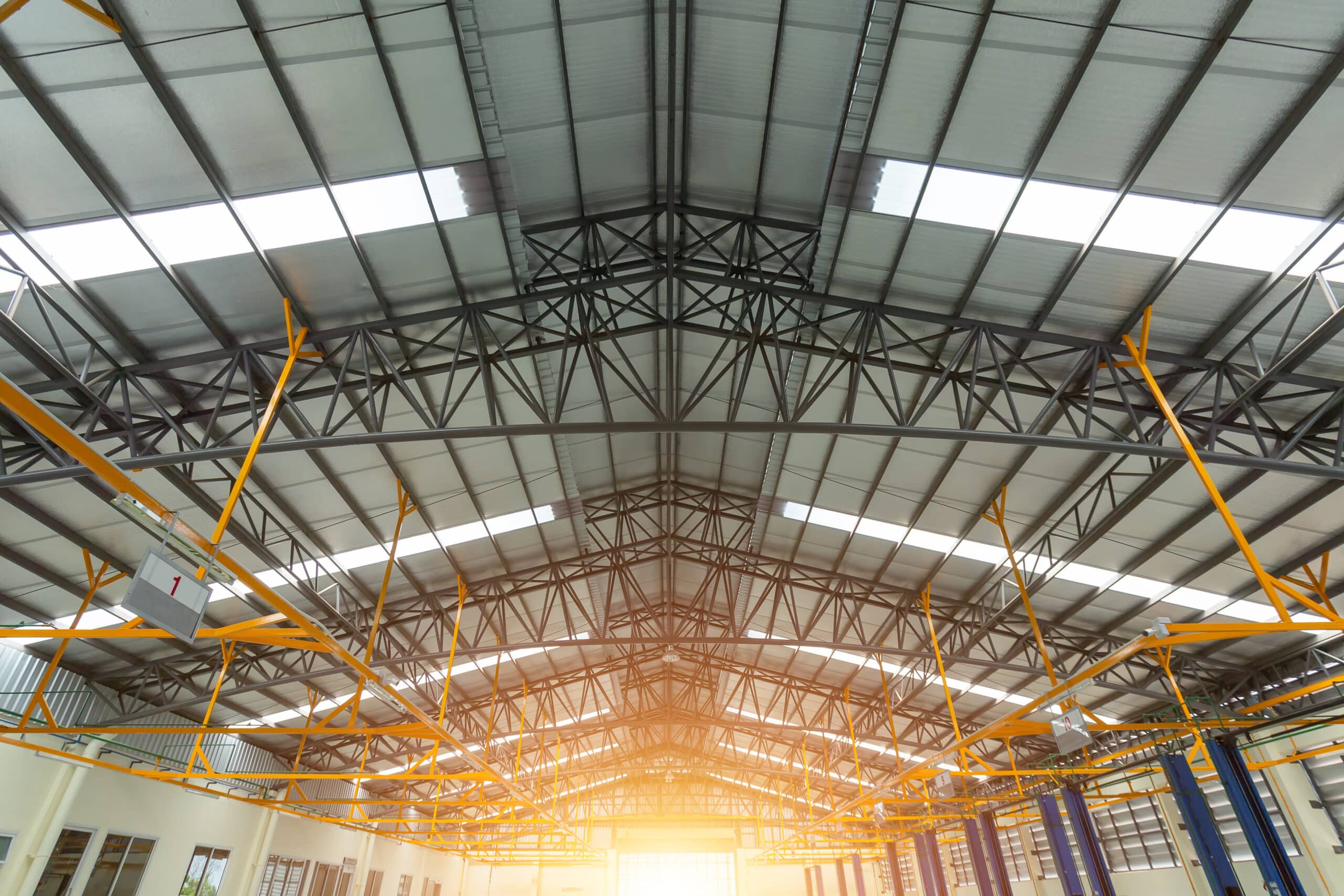When it comes to processing steel for industrial purposes, the basic technique of rolling was introduced as far back as 1783 by Henry Cort, who was among the first to successfully improve on the more archaic methods that were prevalent during the time.
Since then, two processes have emerged as the primary methods for forming steel: hot rolling and cold rolling.
As the names suggest, the main distinction between the two is the temperatures at which the steel is formed. However, the processes themselves yield unique end-products in characteristics and physical properties, making hot rolled steel and cold rolled steel more suitable for certain applications than others.
Hot Rolled Steel
Hot rolled steel is often considered to be the most accessible of the two processes due to its lower cost and shorter production time.
Hot rolling uses extremely high temperatures to heat a metal billet or ingot before rolling it into a thin sheet or plate. It is the higher temperatures that make the steel malleable, making it relatively easier to shape and bend.
Properties of Hot Rolled Steel
Hot rolled steel can usually be identified by a top layer of rough, scaly oxide that can form on the surface during the heating process, which requires a separate process to remove.
While hot rolled steel is good quality, the temperatures used to shape it can cause internal stresses, leading to warping or cracking over time. The cooling process can also result in non-uniform shrinkage, making precise end-product shapes hard to control.
Applications of Hot Rolled Steel
Because it is cheaper to make than cold-rolled steel, and due to its proclivity toward minor imperfections, hot rolled steel is best used in applications that do not require precision or tight tolerances.
Common uses for hot rolled steel include:
- Agricultural equipment
- Automotive frames, clutch plates, and wheel rims
- Stampings and strappings
- Railroad tracks and hopper cars
- And pipes and tubes
Cold Rolled Steel
In contrast to hot rolled steel, cold rolled steel is usually shaped at room temperature using roll forming machines. The process produces an end product that is smoother and more uniform in thickness than hot rolled steel.
Because of the lower temperatures, cold rolled steel also undergoes strain hardening, or work hardening, which results in a stronger material overall by nearly 20%.
While the process of cold-rolling steel is generally more expensive due to the extra steps involved, cold rolled steel is ideal when smoother finishes and tighter tolerances are required.
Properties of Cold Rolled Steel
Cold rolled steel is characterized by a smoother, shinier surface, unlike hot rolled steel,
While more brittle and difficult to shape, cold rolled steel is also harder and free from the internal stresses that can cause warping and cracking. This allows for more control over the specific dimensions and characteristics of the end product, allowing cold rolled steel to hold much tighter tolerances than its hot rolled counterpart.
Applications of Cold Rolled Steel
Due to its superior strength and shaping precision, cold rolled steel is ideal for applications that require tighter tolerances or more aesthetic appeal.
Examples of the uses for cold rolled steel are:
- Metal furniture
- Automotive parts
- Aerospace components
- Home appliances and components
- Industrial buildings and garages
- Steel beams and columns
Ready for Everything You Need to Succeed in the Cold Formed Steel Industry?
International Steel Framing is a single-vendor cold-formed steel framing solution. With expertise that spans from initial design to cold-formed steel construction, we’re equipped to provide you with all of your cold-formed steel needs.
We can even take you through the process of purchasing a roll forming machine for your own business.
Contact us today for more information about our cold-formed steel offerings.




